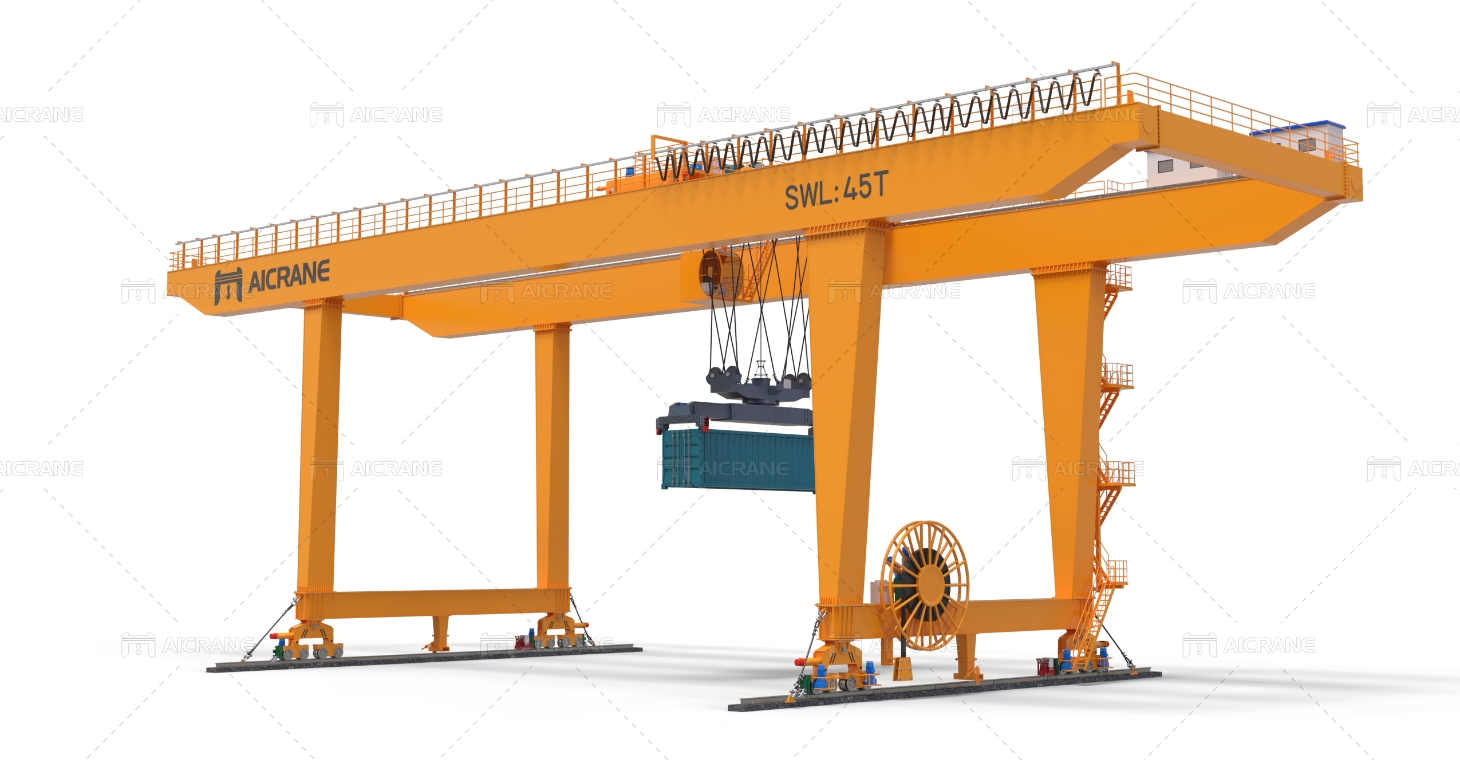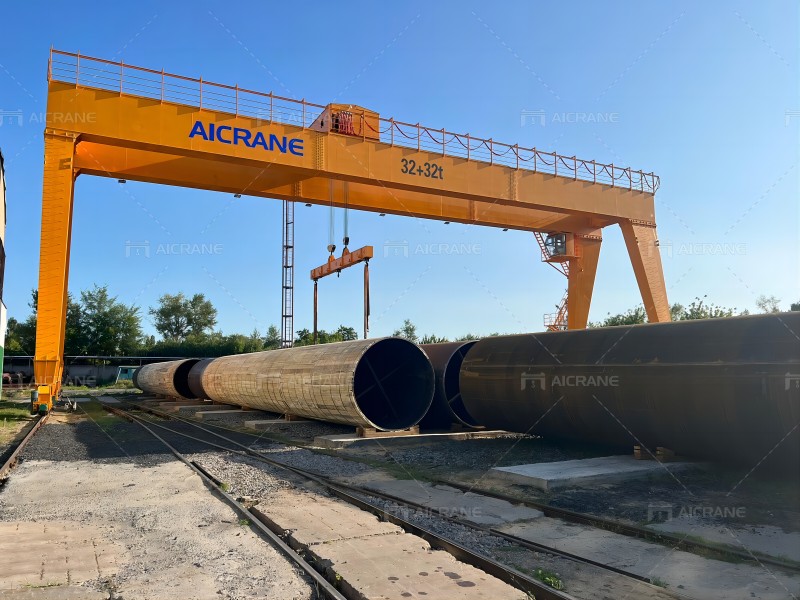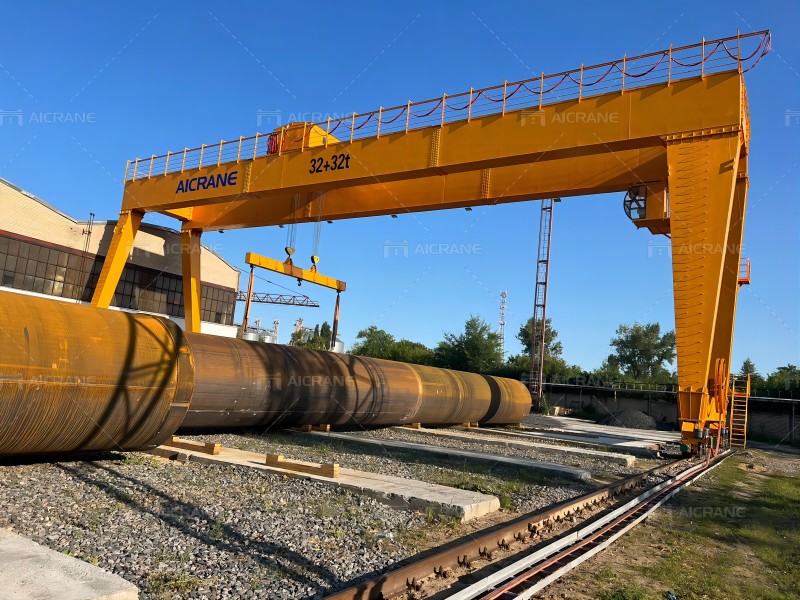Container gantry cranes, towering structures that loom over port terminals, are the unsung heroes of global trade, playing a pivotal role in the movement of goods and commodities across the world. From loading and unloading containers from ships to efficiently managing terminal yards, these colossal machines are the backbone of modern port operations. In this article, we delve into the intricacies of container gantry cranes, exploring their design, functionality, and indispensable role in facilitating international trade.
Anatomy of a Container Gantry Crane
A container gantry crane typically consists of a steel superstructure supported by tall, sturdy legs that straddle the quayside of a port terminal. Spanning several hundred feet, the crane's horizontal beam, or boom, extends over the berth where ships are docked. Attached to the boom is a trolley system equipped with a spreader beam, which can lift and move containers with remarkable precision. The entire crane system is mounted on a set of rubber-tired or rail-mounted gantry legs, allowing it to traverse the length of the terminal yard.

Efficient Container Handling
One of the primary functions of a container gantry crane is to load and unload containers from ships berthed at the terminal. As vessels arrive at the port, gantry cranes swing into action, positioning themselves alongside the ship's deck. The crane's spreader beam descends onto the containers, securely gripping them in place before lifting them off the vessel and placing them onto waiting trucks or railcars. Conversely, when vessels are being loaded for departure, gantry cranes retrieve containers from the terminal yard and carefully stack them onto the ship's deck, optimizing space utilization and ensuring safe stowage.
Optimized Terminal Operations
In addition to container handling, gantry cranes play a crucial role in managing terminal yards, where containers are stored before being loaded onto or unloaded from ships. Gantry cranes(Консольный козловой кран) traverse the terminal yard, picking up containers from storage stacks and relocating them to designated areas for loading or pickup. Advanced terminal operating systems (TOS) coordinate the movements of multiple gantry cranes, optimizing workflow, and minimizing congestion in the yard. By efficiently managing container flow, gantry cranes contribute to the overall productivity and throughput of the port terminal.
Technological Advancements
In recent years, container gantry cranes have undergone significant technological advancements, enhancing their efficiency, safety, and reliability. Modern gantry cranes are equipped with advanced automation systems, allowing for remote operation and real-time monitoring of crane performance. Sensors and cameras provide operators with detailed insights into container movements, while collision avoidance systems prevent accidents and damage to cargo. Additionally, gantry cranes are increasingly powered by eco-friendly electric or hybrid propulsion systems, reducing emissions and environmental impact.
Adaptability and Versatility
Container gantry cranes are designed to adapt to the diverse needs of port terminals, accommodating varying vessel sizes, container types, and operational requirements. Adjustable spreader beams allow gantry cranes to handle containers of different dimensions, from standard 20-foot and 40-foot units to oversized or specialized cargo. Gantry cranes can also be configured with different lifting capacities and outreach capabilities to match the specific needs of each terminal. This adaptability ensures that gantry cranes remain versatile tools for efficiently managing containerized cargo in ports around the world.
Safety Measures and Training Protocols
Ensuring the safety of personnel and cargo is paramount in port operations, and container gantry cranes are equipped with comprehensive safety features to mitigate risks. Advanced collision avoidance systems, proximity sensors, and anti-sway technology help prevent accidents and collisions during crane operations. Additionally, strict safety protocols and training programs ensure that crane operators are well-trained and proficient in handling the equipment safely. Regular inspections and maintenance checks further enhance the reliability and safety of gantry crane operations, minimizing the risk of downtime and accidents in port terminals.
Environmental Sustainability Initiatives
With growing concerns about environmental sustainability, port operators are increasingly focused on reducing the carbon footprint of their operations. Container gantry cranes play a crucial role in these efforts, with manufacturers developing eco-friendly technologies to minimize energy consumption and emissions. Electric and hybrid gantry cranes, powered by renewable energy sources such as solar or wind, are becoming more prevalent in port terminals, reducing reliance on fossil fuels and lowering emissions. Additionally, innovations in energy-efficient technologies and regenerative braking further contribute to the sustainability of gantry crane operations, aligning with global efforts to combat climate change and protect the environment.
In conclusion, container gantry cranes are indispensable assets in modern port operations, facilitating the efficient movement of containerized cargo and supporting the global supply chain. With their towering presence, advanced technology, and adaptability, gantry cranes play a vital role in maximizing productivity, optimizing terminal operations, and ensuring the smooth flow of goods through port terminals. As global trade continues to evolve, container gantry cranes will remain essential components of the maritime infrastructure, driving efficiency, and reliability in the movement of goods across the world's oceans.


